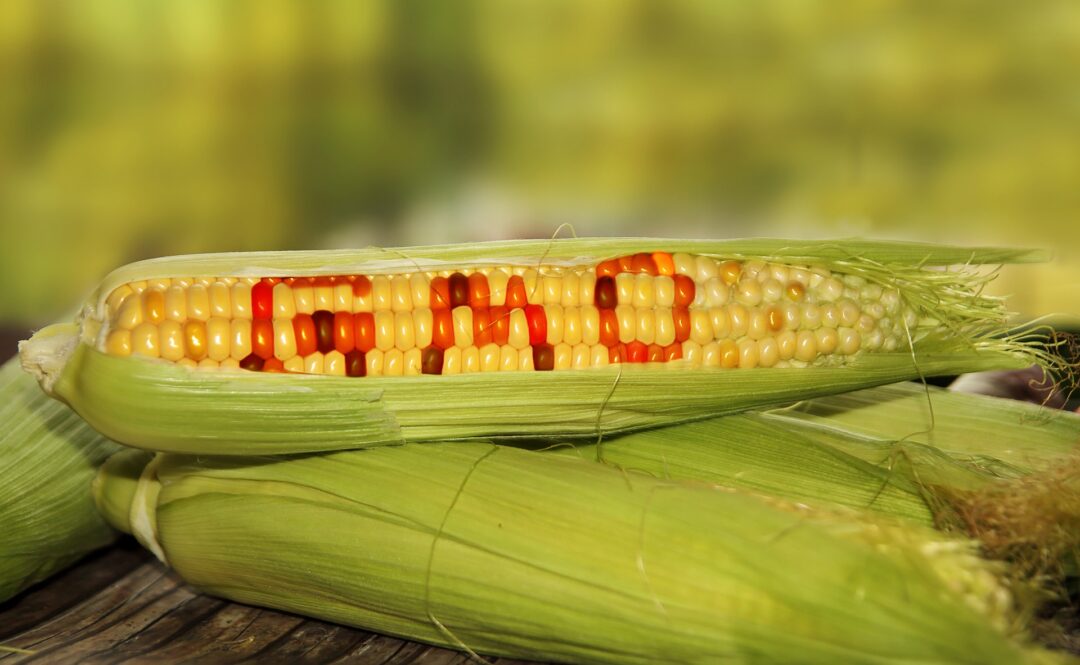“At KeHE, one overarching trend we’ve seen is a focus on personal health and wellness. Today’s consumer is looking at labels, looking for reduced sugar, looking at attributes—of which Non-GMO Project Verificationis one.” This is in large part due to emerging science, Terrazzino said, which has suggested that, among other things, GMOs are linked to “reproductive and digestive issues, allergic and immune responses, as well as soil and water toxicity, uber-bugs, uber-weeds, and loss of genetic diversity." She adds that the scientific studies are not showing conclusive evidence one way or another, “but there’s strong enough consumer demand for labeling to have the USDA propose new guidelines for labeling food that contains GMOs, starting in 2022.”
Related: Dodging GMOs
Until those guidelines have taken effect, however, Terrazzino stresses the importance of Non-GMO Project Verification. “The Non-GMO Project Verified logo indicates comprehensive third-party verification for compliance with non-GMO standards. This is important because they ensure that the claim is unbiased, rigorous, and transparent. And that label has a very high level of trust among retailers and consumers. Non-GMO claims that are just claims don’t require testing, so the results could be questionable. People are looking for the label, and they’re trusting it.”As you probably know, however, while “non-GMO” isn’t yet a standardized claim, USDA Certified Organic is—and it precludes GMOs. Still, those looking for a completely GMO-free product may have to double-check. “There is a slight chance that up to 5% of non-organic ingredients are in [USDA organic] products. They’re not supposed to be GMO, but there are loopholes. So consumers could look for 100% organic or a Non-GMO Project Verified label to ensure they’re GMO-free, but non-GMO claims don’t require testing and there are currently no regulations in place in the U.S.—for now—so I think for now Non-GMO Project Verified labels are important.”
Related: GMO Foods Will Soon Be Mislabeled As Biofortified
When it comes to educating your customers about GMOs and promoting non-GMO products, you have options—and a willing audience: “According toHartman’s Organic and Natural Report 2018,97% of consumers are aware of GMOs, and 46% avoid GMOs, that’s a very large and growing interest base, so it’s important for retailers to engage with that group, and help educate that gap between the 97% and the 46% regarding non-GMO and what it means.” The Non-GMO Projecthas a toolkitwith free digital downloads for posters and infographics; if you’re willing to put some financial resources into it, they have shelf chips, reusable shopping bags, floor vinyls, and buttons. You can also become a registered retailer—there’s a liston the Non-GMO Project website, for the customers looking to life a non-GMO lifestyle. Terrazzino also suggests participating in programming like Non-GMO month; featuring ad-blocks of non-GMO items, and using social media to publicize and explain non-GMO.Terrazzino’s final tip? “What’s really important about GMOs is that they’re a lot of times hidden ingredients—the high-risk ingredients are sometimes hidden in foods, so people need to be sure they’re looking at labels, both retailers as they’re deciding what products to put on their shelves and customers looking to lead a more non-GMO lifestyle. High risk foods are easy to identify in their whole form, like corn, soy, or beet sugar, but it isn’t as easy to identify in prepared or processed foods, or even just in an item like salad dressing on the shelf—it may not be corn, but there may be corn syrup in it. Everyone needs to have a little more of a hyper-focus on the ingredients in the products they’re buying.“
Related: FoodChain ID Announces Record Number of Non-GMO Product Submissions










